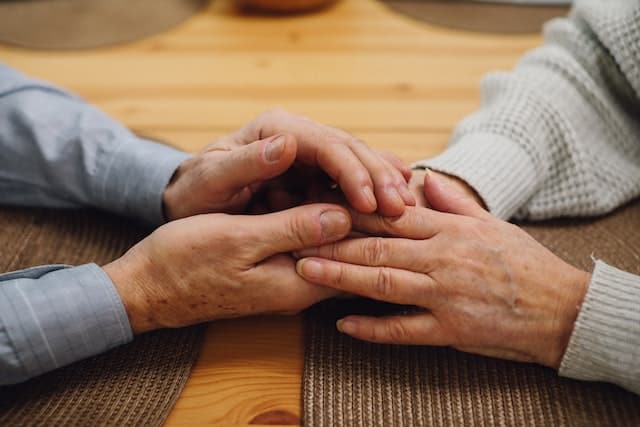People expect natural moments, simple language, and unscripted interactions. Viewers think familiar faces feel safer than stylized performances. Many seek relatability rather than perfection or performance. Curiosity, privacy, and easy access combine to shape these choices. Motivation usually blends boredom, novelty seeking, and mood regulation.
Ethical concerns and self-respect still matter to many users. Understanding these drivers helps people make calm, informed choices. Amateur porn videos are often searched because people believe they show ordinary lives.
Social Norms And Shame
People weigh desire against rules they learned growing up. Stigma can push curiosity into private corners online. Acceptance from friends or partners can lower guilt.
Judgment from others can raise secrecy and stress.
- Embarrassment or peer criticism are the two main reasons people commonly conceal their habits.
- The timeline of norms is always changing; thus, what is accepted today may not be so tomorrow.
- The presence of talking and supporting one another leads to less secrecy and thus safer choices.
- Clear Boundaries Help Separate Fantasy From Real-Life Decisions.
Dopamine Loops And Novelty
Brains notice newness and reward quick discovery. Short clips offer fast hits of anticipation and relief. Scrolling creates variable rewards that hook attention. Delays or friction often Reduce the Impulse to continue.
- Unpredictable results keep people clicking for “just one more.”
- Easy search and swipes lower effort and lift viewing time.
- Strong emotions, like stress or loneliness, can intensify urges.
- Simple pauses break loops and restore a sense of control.
Intimacy And Authenticity
People crave signals of real emotion and trust. Everyday settings can feel honest and close. Small imperfections suggest sincerity, not a script. Warmth and laughter often outweigh technical quality.
- Many users prefer familiar body language over flashy effects.
- Eye contact, smiles, and a gentle tone can feel more human.
- Perceived authenticity calms doubts about manipulation.
- Emotional connection can matter more than image resolution.
Identity And Values
Desire interacts with personal beliefs and goals. Some users explore, then reset boundaries. Others reflect on how viewing shapes mood. Alignment with values reduces inner conflict.
- Self-reflection helps people notice triggers and patterns.
- Writing thoughts in a journal can clarify limits.
- Honest check-ins with partners build mutual trust.
Private choices still benefit from clear personal rules.
Privacy, Safety, And Consent
Respect for consent must guide every click. Users should avoid content that lacks clear willingness. Privacy tools protect personal data and history. Secure habits reduce risk and regret.
- Use strong passwords and lock devices before sharing.
- Prefer sites that state consent, age checks, and takedown paths.
- Avoid downloads that ask for unknown software or access.
- Clear screens and logs if using shared or public hardware.
Mood Regulation And Coping
People sometimes watch to soothe stress or sadness. Short relief can mask deeper needs for connection. Healthy routines support balance and choice. Sleep, exercise, and hobbies build resilience.
- Name the emotion before you click, then pause ten seconds.
- Rate your urge from one to ten to reduce automatic action.
- Choose a replacement activity when the urge exceeds a set number.
- Seek support if habits start harming work, study, or bonds.
Ethical Boundaries And Self-Control
Personal lines protect dignity and well-being. Time limits prevent drift and decision fatigue.
Honoring consent keeps viewing within moral guardrails. Gratitude for partners encourages respectful behavior. The amateur porn videos should appear in a thoughtful context, not a careless impulse.
- Decide on a daily or weekly limit and set a timer.
- Keep devices out of bed to support rest and clarity.
- Review your choices weekly and adjust rules kindly.
- Treat everyone on screen as a person, not a product.
Healthy desire thrives when curiosity meets care, boundaries, and respect. clear limits, private hygiene, and consent-first choices protect everyone involved. Simple tools like timers, journals, and check-ins turn impulse into intention. Short pauses help brains reset so choices reflect real priorities. Open talks with trusted people reduce shame and improve judgment. Values-aligned media keeps dignity at the center of private life. Small daily habits build control without crushing curiosity or joy. Mindful media use turns digital desire into wise, self-respecting practice






